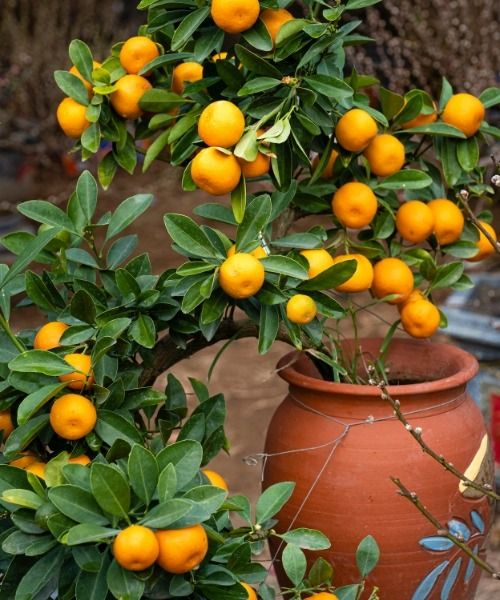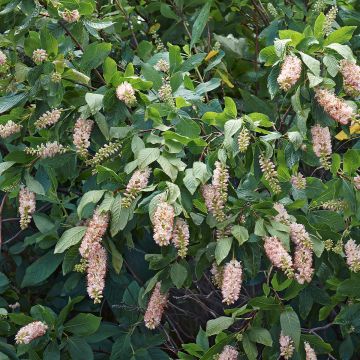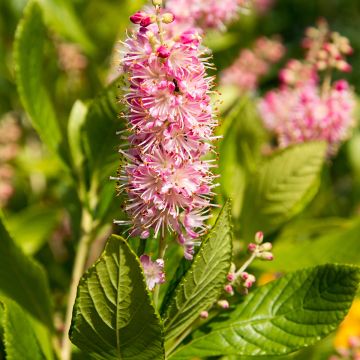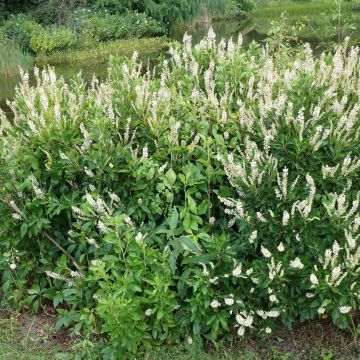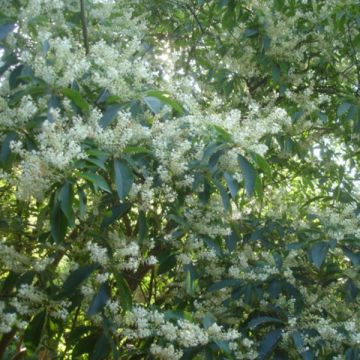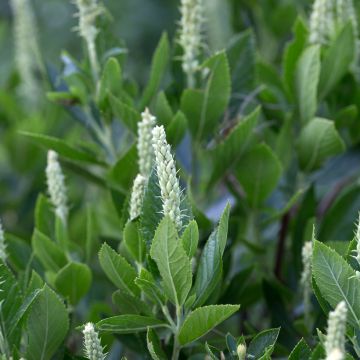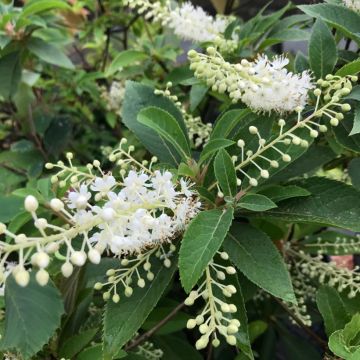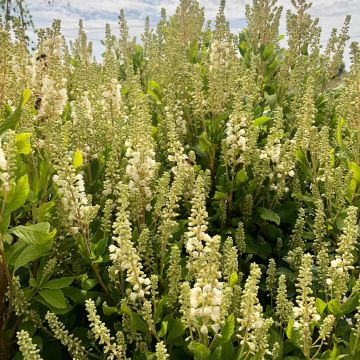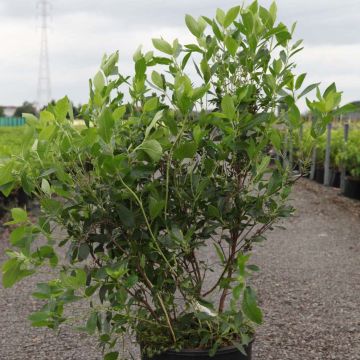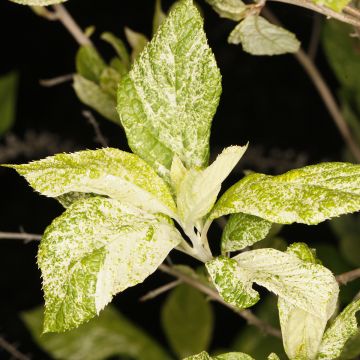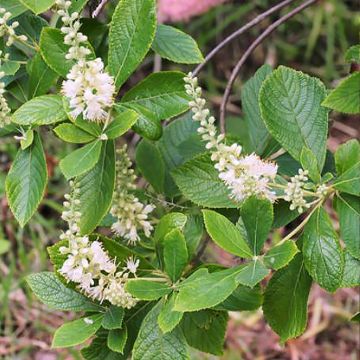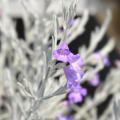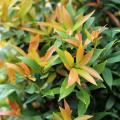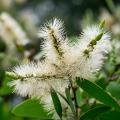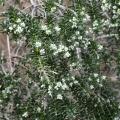Clethra
Would this plant suit my garden? Set up your Plantfit profile →
Available in 2 sizes
Available in 1 sizes
Available in 1 sizes
Available in 2 sizes
Available in 1 sizes
Available in 2 sizes
Available in 1 sizes
Available in 2 sizes
Available in 1 sizes
Available in 1 sizes
Available in 1 sizes
Available in 1 sizes
The genus Clethra includes around thirty species of trees, bushes, and shrubs, belonging to the family Clethraceae, most of which are deciduous. They are found in the undergrowth of East Asia or North America. They are cultivated for their summer flowering, with upright spikes of white or pink flowers that have an intense honey scent, as well as for their beautiful autumn foliage, depending on the species. Clethra is a valuable shrub for bees, particularly in late summer. Its suckers allow it to easily colonize wet areas. In our gardens, the deciduous and hardy species form spreading shrubs with a natural, densely leafy habit. Some species, such as Clethra alnifolia, originally from the USA, are very hardy and are more frequently planted in our climates, while others, like Clethra arborea, a tree native to Madeira, require mild conditions to fully develop their lily-of-the-valley-like flowering. Clethra delavayi, C. barbinervis, and C. fargesii are native to China; they display a dark, warm, and melancholic foliage in autumn. Clethras should be planted in acidic, fertile, humus-rich soil that retains moisture while also being well-drained. The etymology of the word "clethra" comes from Greek, meaning "alder," due to its resemblance to this characteristic tree of wet habitats.
Haven't found what you were looking for?

































